Welcome back to our explainer series on Protective Cases. If you missed part 1, check it out to learn what protective cases are and what makes them so effective in protecting and transporting certain valuable items. In part 2 we’ll pick up where we left off in part 1, with case interiors.
As stated in our previous post, one of the most important parts of the protective case is the interior. The interior protection is available through different types of systems, which allows for adapting the interior according to the shape of one’s equipment. Let’s take a look at them all in depth.
Protective Cases with Foam
The typical interior for most of these cases is some kind of foam insert.
The standard foam interior for a protective case from Peli is the do-it-yourself Pick N Pluck™ foam interior, which has layers of foam that are pre-scored in tiny cubes. You simply measure your equipment against the foam and using tape or chalk to mark the foam, you pluck out the pieces.
In addition, for all the perfectionists out there, there are custom case foam solutions for those that want a true custom fit. All you have to do is send in a sample of your equipment and Peli can configure the case size and the foam per its requirements.
TrekPak™ System
The TrekPak system uses pre-installed wall sections, divider panels, locking pins and an infallible cutting tool. Just lay your gear in the case, measure and cut the divider sections and lock them in place with the steel U-pins. If that sounds confusing, check out the video below, which should clear everything up.
Protective Cases with Padded Dividers
An alternative way to organise gear inside a protective case is through the use of padded dividers. Made of durable nylon and foam, they’re extremely versatile, as you can change the sizes of each compartment as necessary, thanks to very strong Velcro®.
Lid Organisers
Lid organisers are an optional case interior, but they certainly may make it easier to organize your gear by allowing for the use of the lid of the case to store items. Made of leather or waterproof Ballistic nylon with nylon zippers, lid organizers comprise of a multitude of pockets in various sizes to protect and keep gear organised.
Panel Frames
Lastly, a protective case can be used to house an electronic panel, which is a bit more of a specialized case interior, but quite useful to accommodate the needs of electronic engineers and their OEM projects. One popular type of insert is the panel frame, which allows for the simple attachment of an interface panel flush with the rim of the case. The depth of the lid allows switches, buttons, connectors and ports to stand up from the panel face.
Watch the video below or visit our discover page for more information.
That’s the end of part 2 of our explainer series on protective cases. Stay tuned for part 3 where we will discuss who typically uses protective cases and why.
Don’t forget to have a look at our full case catalogue to see if any of our cases fit your needs. If you’re interested in speaking to an expert at Peli about what’s the best case for your needs, contact us here.
Check out the rest of the posts in this series:
Part 1: What Protective cases are and why you need one
Part 2: Deep dive into Peli case interiors
Part 3: Who typically uses Peli cases
Bonus: What’s the difference between Peli Protector, Air & Storm cases?




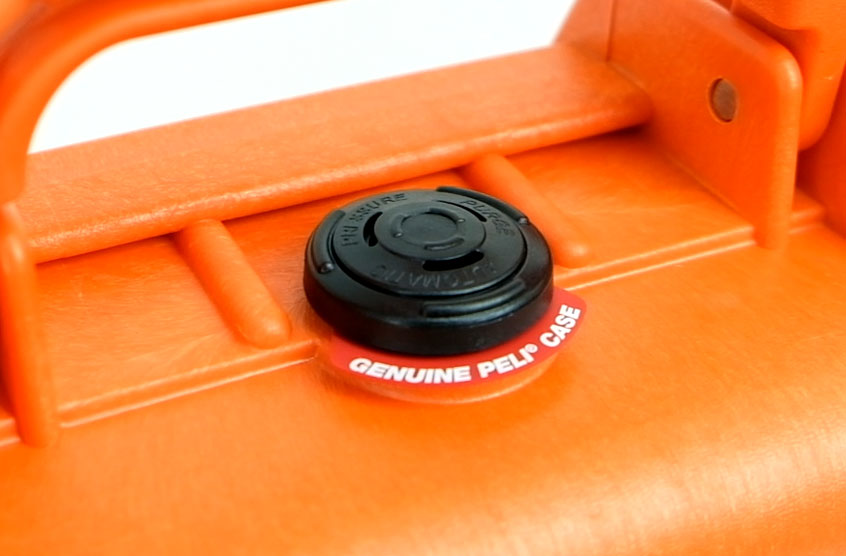
.png)





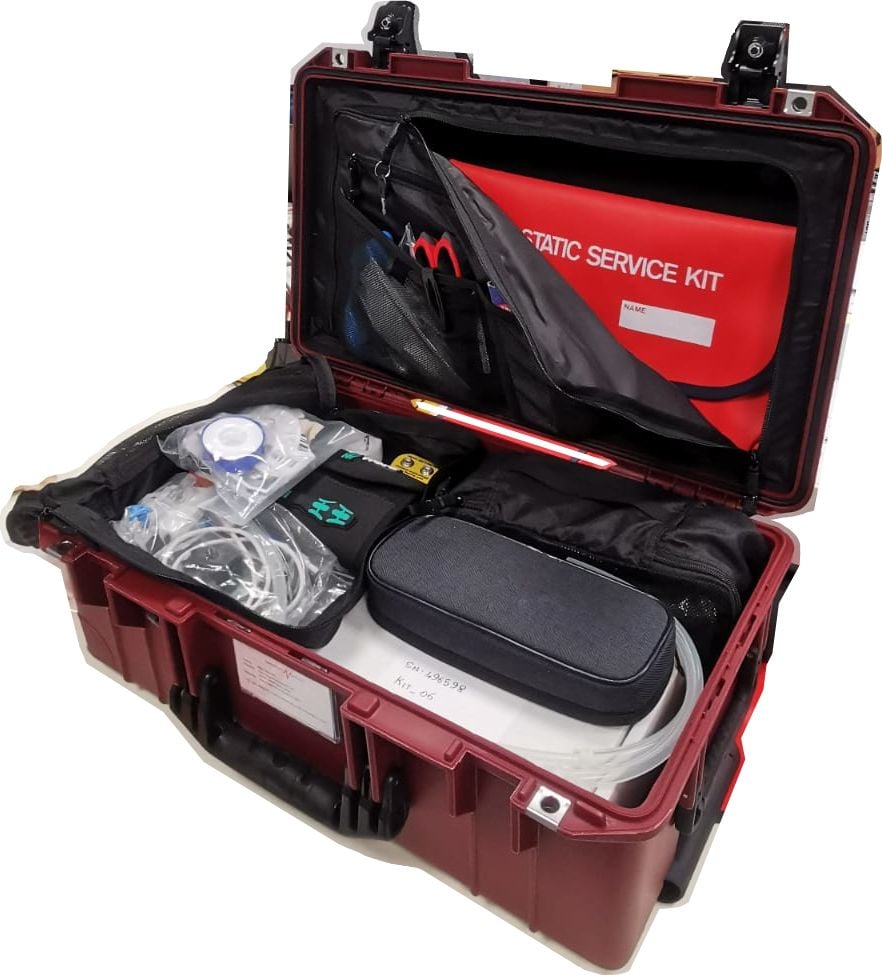
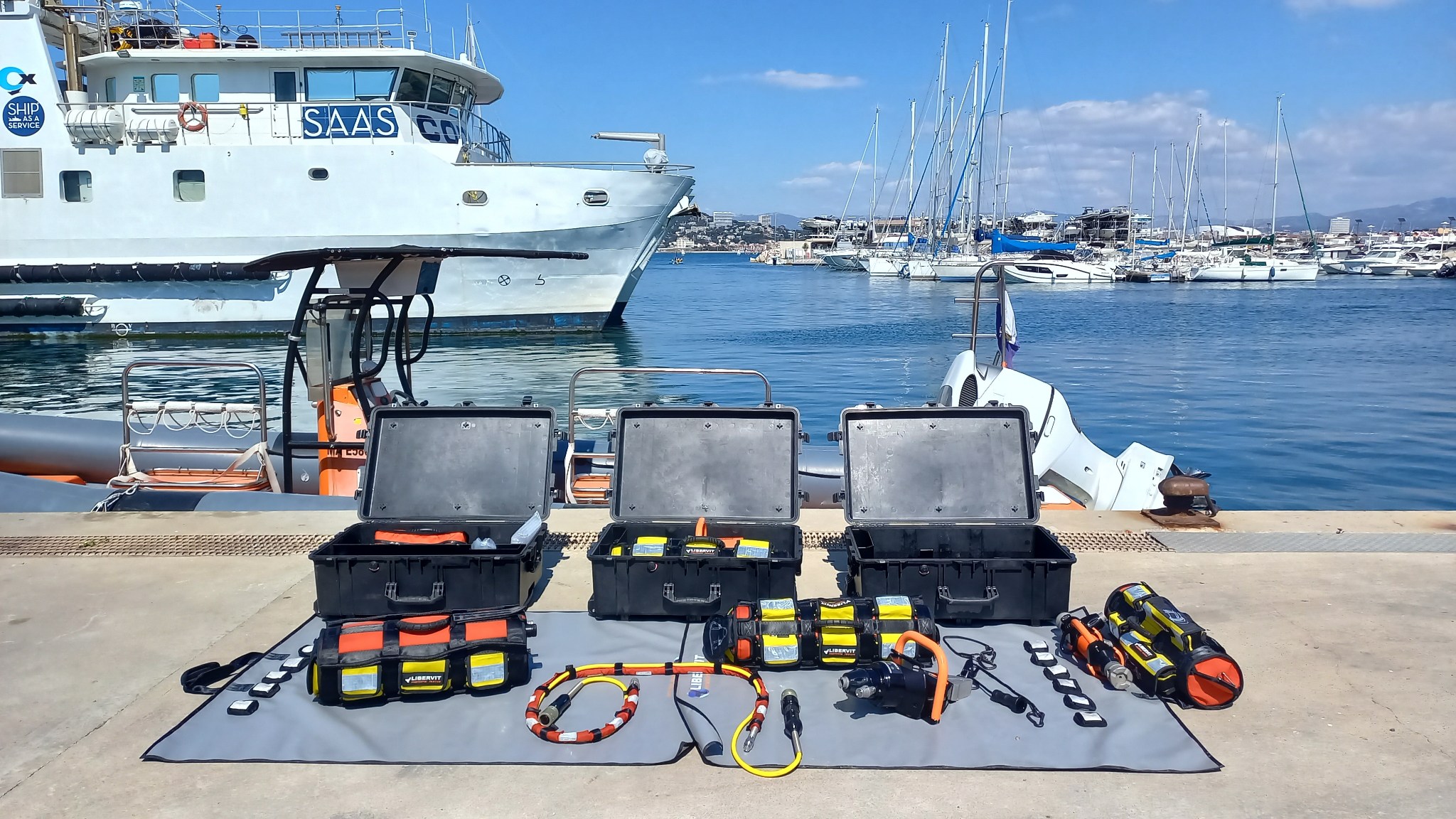
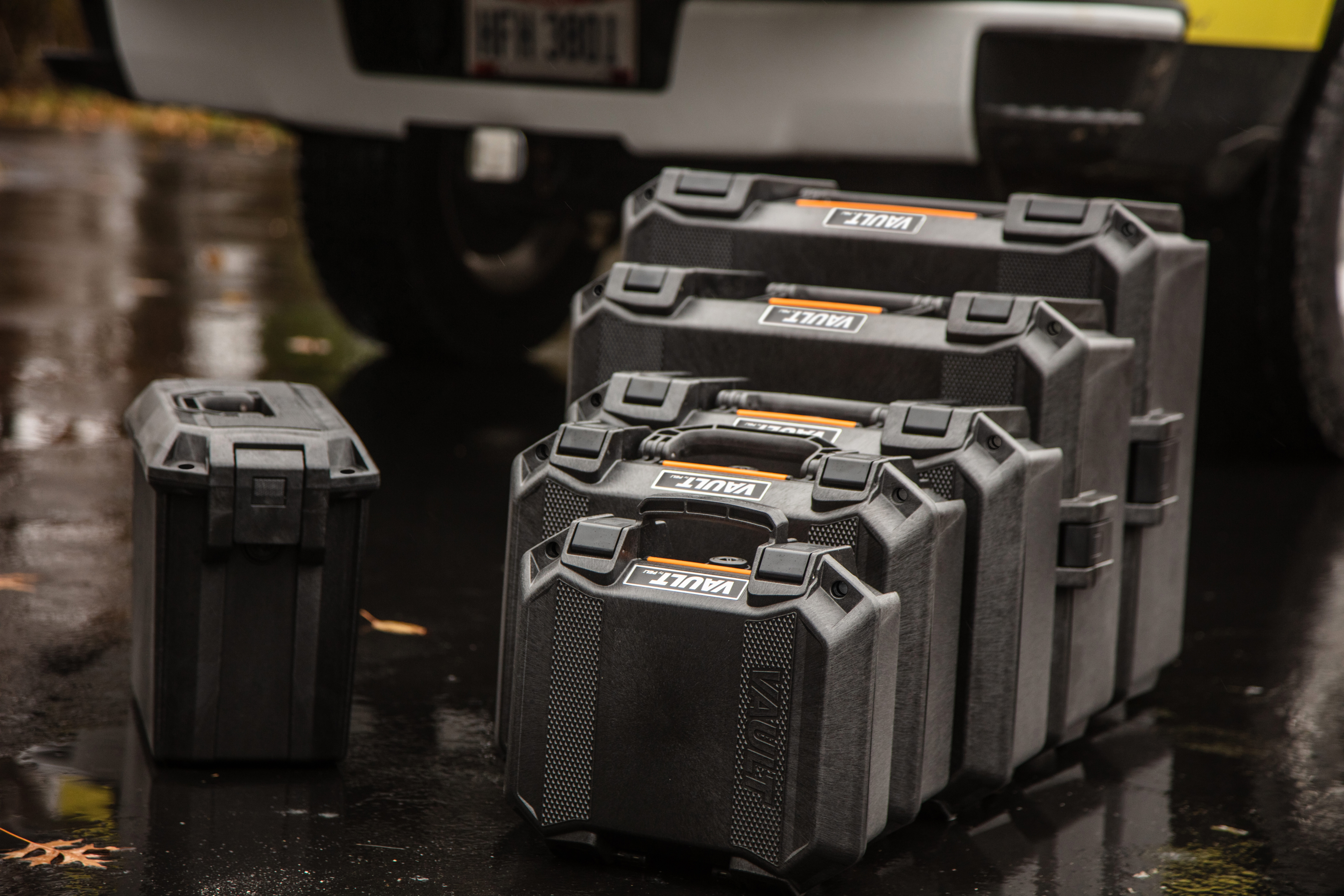
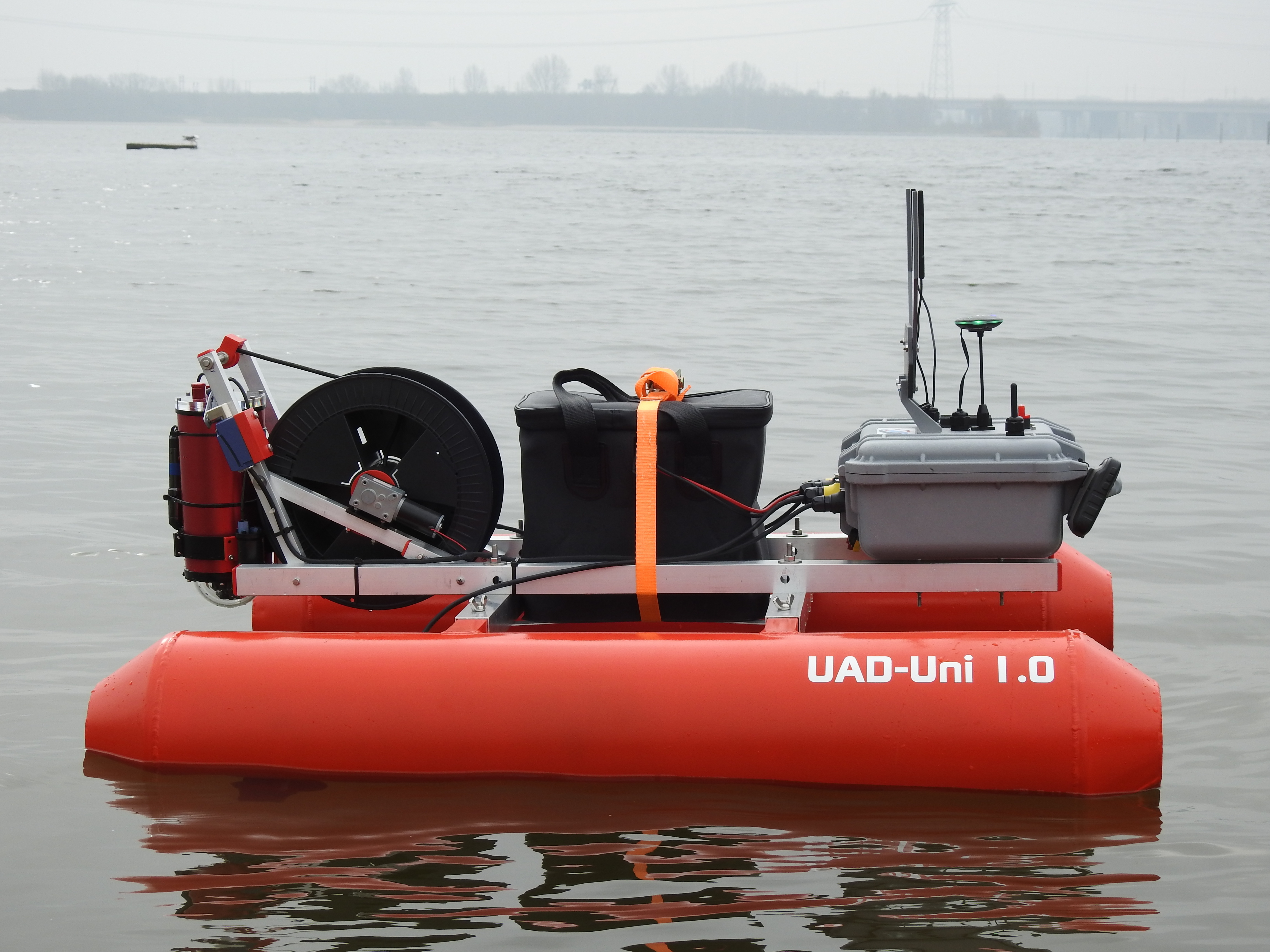

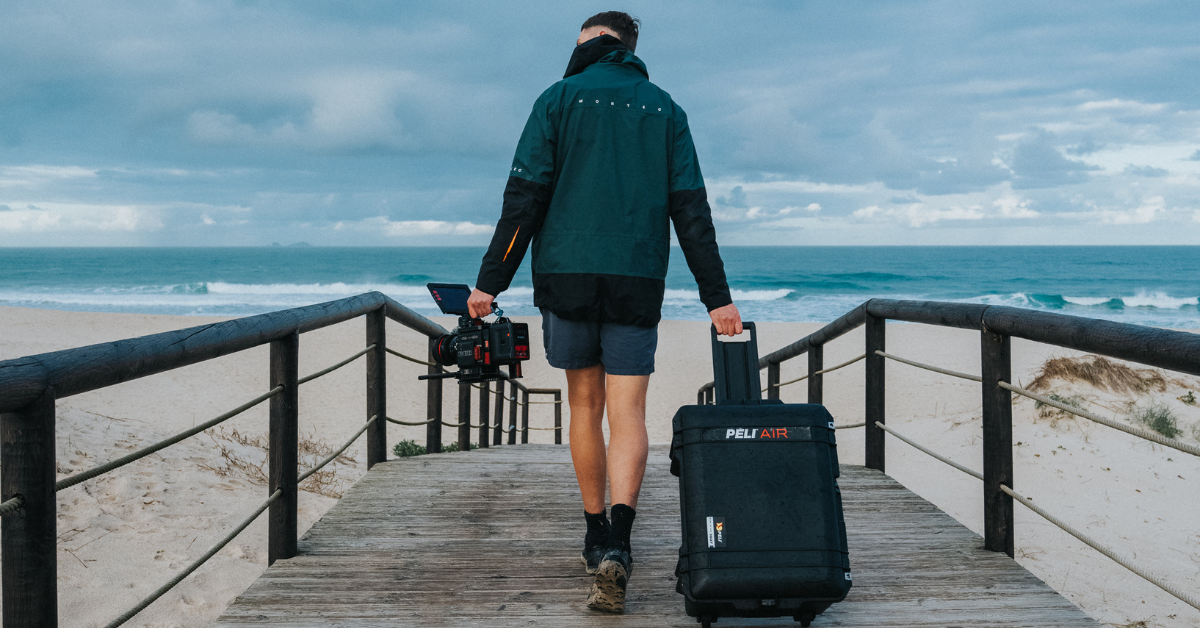
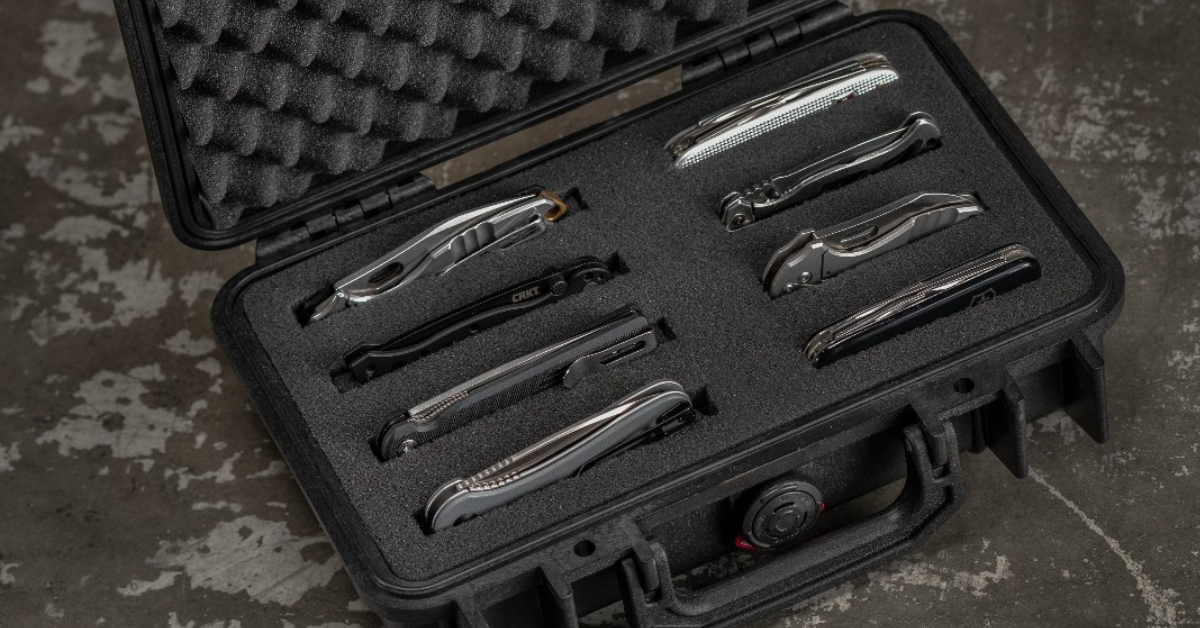
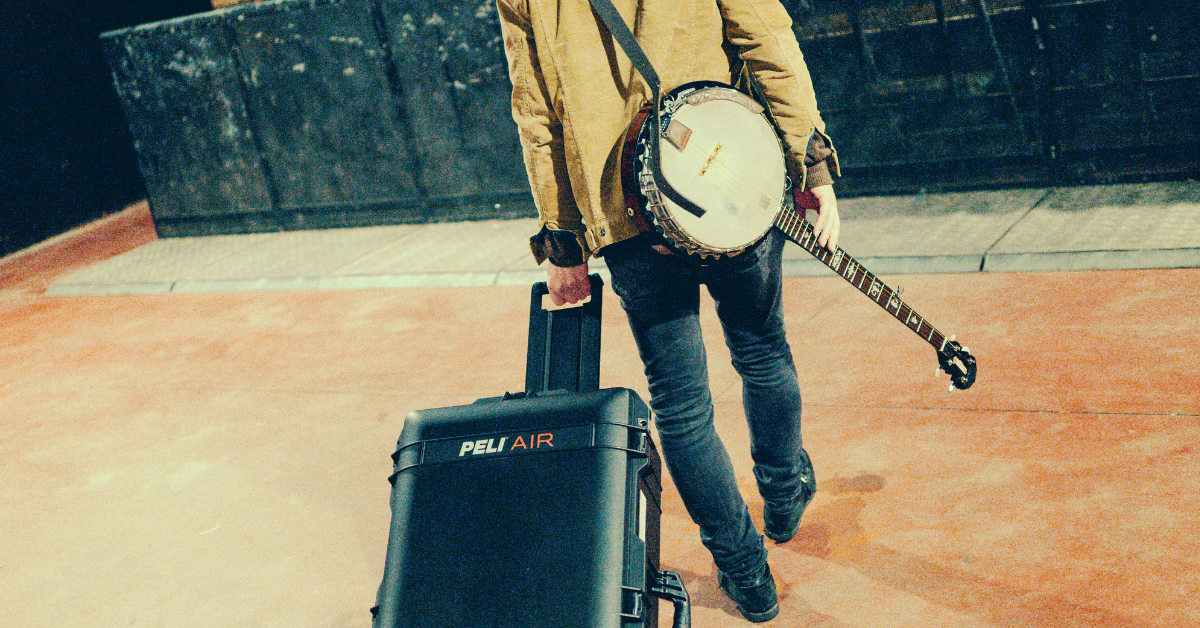

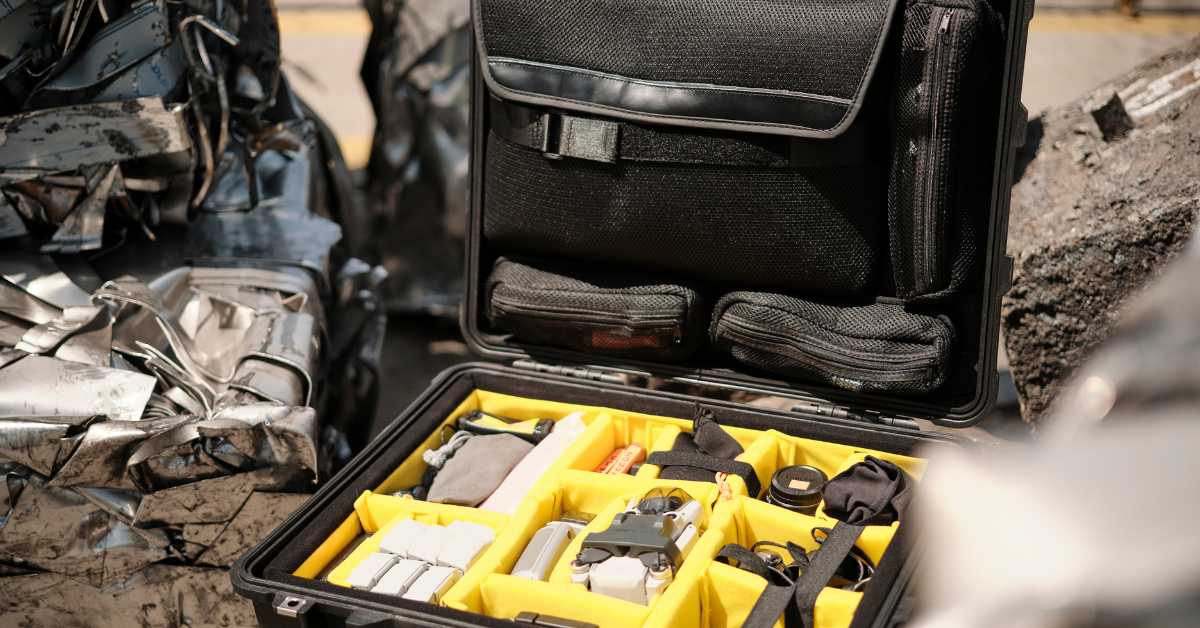
Post a comment